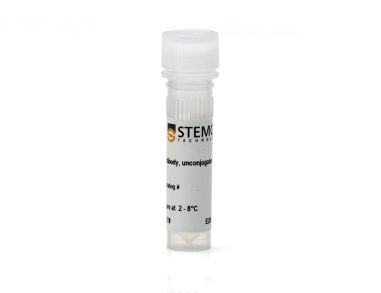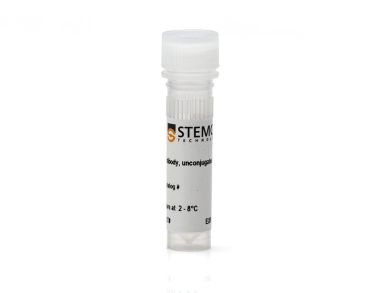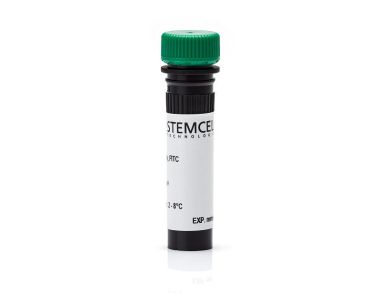搜索结果: 'methocult media formulations for mouse hematopoietic cells serum containing'
-
 抗人CD32抗体,clone FLI8.26 小鼠Monoclonal IgG2b抗体,抗人、恒河猴、食蟹猴CD32
抗人CD32抗体,clone FLI8.26 小鼠Monoclonal IgG2b抗体,抗人、恒河猴、食蟹猴CD32 -
 抗人CD32抗体,clone IV.3 小鼠Monoclonal IgG2b抗体,抗人CD32
抗人CD32抗体,clone IV.3 小鼠Monoclonal IgG2b抗体,抗人CD32 -
 抗人CD326(EpCAM)抗体,clone 323/A3 抗人CD326(EpCAM)的小鼠Monoclonal IgG1抗体
抗人CD326(EpCAM)抗体,clone 323/A3 抗人CD326(EpCAM)的小鼠Monoclonal IgG1抗体 -
 抗人上皮细胞抗体,clone 5E11.3.1 小鼠Monoclonal IgG1抗体,抗人上皮细胞
抗人上皮细胞抗体,clone 5E11.3.1 小鼠Monoclonal IgG1抗体,抗人上皮细胞 -
 抗人CD326 (EpCAM)抗体,clone VU-1D9 小鼠Monoclonal IgG1抗体,抗人CD326(EpCAM)
抗人CD326 (EpCAM)抗体,clone VU-1D9 小鼠Monoclonal IgG1抗体,抗人CD326(EpCAM) -
 抗人CD33抗体,clone HIM3-4 小鼠Monoclonal IgG1抗体,抗人、黑猩猩CD33
抗人CD33抗体,clone HIM3-4 小鼠Monoclonal IgG1抗体,抗人、黑猩猩CD33 -
 抗人CD33抗体,clone P67.6 小鼠抗人CD33 Monoclonal IgG1抗体
抗人CD33抗体,clone P67.6 小鼠抗人CD33 Monoclonal IgG1抗体 -
 抗人CD34抗体,clone 563 抗人、恒河猴、食蟹猴CD34的小鼠Monoclonal IgG1抗体
抗人CD34抗体,clone 563 抗人、恒河猴、食蟹猴CD34的小鼠Monoclonal IgG1抗体 -
 抗人CD34抗体,clone 581 小鼠Monoclonal IgG1抗体,抗人CD34
抗人CD34抗体,clone 581 小鼠Monoclonal IgG1抗体,抗人CD34 -
 抗人CD34抗体,clone 8G12 小鼠Monoclonal IgG1抗体,抗人CD34
抗人CD34抗体,clone 8G12 小鼠Monoclonal IgG1抗体,抗人CD34 -
 抗人CD36抗体,clone FA6-152 小鼠Monoclonal IgG1抗体,抗人、大鼠CD36
抗人CD36抗体,clone FA6-152 小鼠Monoclonal IgG1抗体,抗人、大鼠CD36 -
 抗人CD38(B7-2)抗体, clone AT-1, FITC 小鼠Monoclonal IgG1 抗体,抗人、恒河猴和食蟹猴的 CD38
抗人CD38(B7-2)抗体, clone AT-1, FITC 小鼠Monoclonal IgG1 抗体,抗人、恒河猴和食蟹猴的 CD38


 EasySep™小鼠TIL(CD45)正选试剂盒
EasySep™小鼠TIL(CD45)正选试剂盒





 沪公网安备31010102008431号
沪公网安备31010102008431号